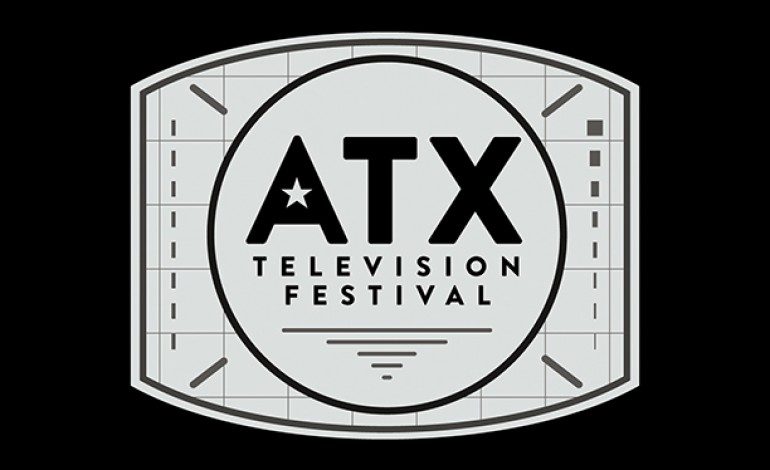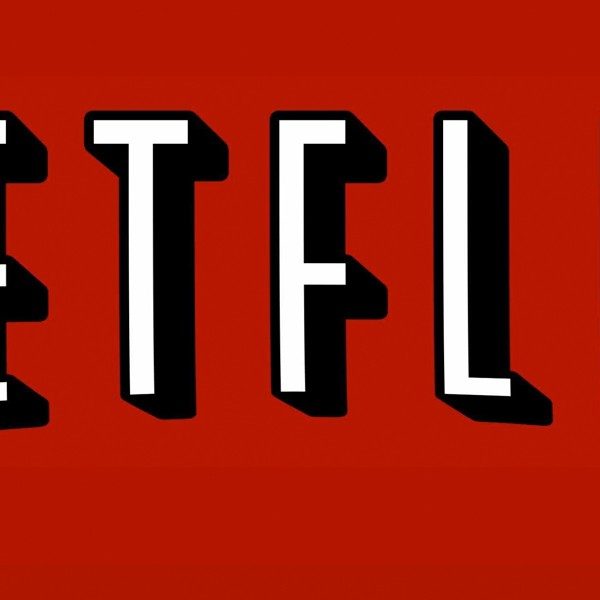

A panel of industry leaders at the ATX Television Festival in Austin revealed that the broadcast networks have become the last stop for creators pitching new shows.
Programming leads from ABC, CBS, HBO, Hulu, and creators from Shondaland gathered for a discussion on the era of “Peak TV”, a term coined when FX CEO John Landgraf made the statement in 2014 “there is simply too much television.”
In 2015 there were 409 scripted series available to U.S. viewers, up almost 9% in just one year. A study funded by FX showed that since 2002 the number of basic cable series has increased 484%. A surge of growth occurred from 2009 to 2013, leading to 170% of that overall increase.
This is great news for viewers, who have more choice of better programs but it’s created intense competition among studios to secure writers, production talent, and even locations.
Variety covered the panel during which Patrick Moran, head of ABC Studios commented about the state of broadcast, “You’re the last stop on the train on pitches. They’re going to start at Netflix and then they’ll go to HBO and Showtime and then the broadcast networks…I do think it’s not a level-playing field exactly. It does put a burden on us in the broadcast space to work harder and do better.”
When we think of good cable shows we usually consider the top performers; seires like Game of Thrones, The Walking Dead, Dexter, and The Wire that truly require the freedom of cable to exist the way they do. But what about others? Could Homeland, Mr. Robot, or Mad Men have existed on an alphabet channel? Probably, and perhaps with higher ratings.
The game has grown more complex, with more nuances and rights up for negotiation than ever before. HBO’s VP of programming Kathleen McCaffrey told the audience, “Agents are really smart. They’re like, ‘If you’re not going to make a full series commitment, we’re going to Netflix, Amazon, Hulu, bye!’”
Liz Tigelaar, a writer/producer for Shondaland said the boom has been especially good for writers, who no longer have to wait another year if they don’t land a job during a pilot season. “It completely transforms the schedule. All year long, there is tremendous opportunity. From staff writer to executive producer to showrunner, there are so many places to sell.”
In an article for Vulture Carlton Cuse compared the situation to what would happen if the NFL tripled the number of teams – more football but less quality. He argued that finding breakout ideas and landing the right mix of talent is tough and that the growth isn’t evenly distributed. Where a star might be offered millions for an arc on a TV show, salaries for support actors and staff are being cut to make the budget work.
Beatrice Springborn, head of originals for Hulu is one of those reaping the benefits of the new economy. Her service is able to capitalize on events like the recent cancellation of Nashville, by partnering with CMT on a deal that revives the show and engenders good will toward Hulu from fans. “A lot of those shows will come to us and say, ‘Are you picking up the streaming rights for next season? Because that will pay for a piece of our budget.’ The ecosystem has changed a bit.”
Another subliminal selling point for outlets like Hulu or Amazon Studios is the opportunity for creators to be part of the first breakout hit for a streaming service, like House of Cards or Orange is the New Black were for Netflix.
The bubble keeps growing with no signs of bursting. The panelists agreed that as viewers and fans themselves they think this is a great time for content; as professionals, the challenges are growing.



